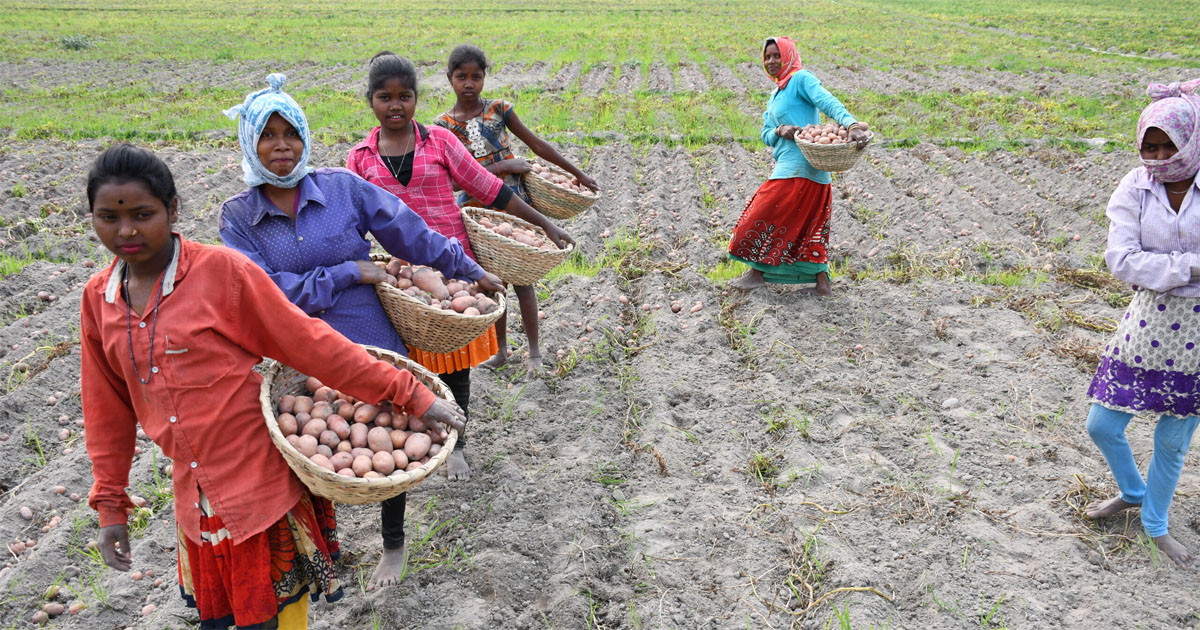Global demand for palm oil may double by 2020 and triple by 2050 (Prokurat 2013). Conversion of lowland tropical forests in areas of suitable climate is a major concern (Koh and Wilcove 2008; Koh et al. 2011). Oil palm is part of mixed agroforestry in its African centre of origin but all current expansion is based on a monoculture technology. In sub-optimal oil palm climates however interest in mixed production systems is increasing. We developed a module representing the physiology and phenology of oil palm flower and fruit development in Water Nutrient and Light Capture in Agroforestry System (WaNuLCAS) model (van Noordwijk and Lusiana 1999; van Noordwijk et al. 2011) to explore mixed system. The model represents a four-layer soil profile with four-spatial zone where trees and/or crops can be planted and has a daily time step. It accounts for light water and nutrient (N and P) as growth resources subject to competition and sharing. Interactions are based on above- and below-ground architecture physiology and phenology. The oil palm module includes five elements: time keeping of frond emergence (phyllochron time steps) sex determination of flowers fruit abortion book keeping of fruit stage development and a possible harvest cycle of a fruit bunch at the end of each phyllochron. Three factors: water availability nutrient availability and growth reserves determine the dynamics of phyllochron time flower determination and fruit development. The model therefore can be used to explore growth and production of oil palm in either monoculture or mixed system with other crops or trees across climate soil and management conditions. We used the WaNuLCAS model to explore growth and production of monoculture oil palm monoculture cacao and mixed oil palm-cacao in a factorial design of water hydraulic redistribution by deeper root (without and with) long dry period (3 months: without and with) and annual rainfall (2200 1100 550 mm yr-1). Planting distance was 8.5 m × 8.5 m (138 palm ha-1) for oil palm monoculture 4 m × 4 m (833 tree ha-1) for cacao monoculture and 8.5 m × 8.5 m (138 palm or tree ha-1) for both cacao and oil palm in mixed oil palm-cacao.
In simulations with a long dry period and effects of hydraulic lift bunch weight of oil palm in mixed system was predicted to be higher than in monoculture however only at the early production stage. The lower production in subsequent years is due to smaller bunch size. Hydraulic lift can reduce the effect of long dry periods on male flower induction. In conditions with long dry period and with hydraulic lift bunch weight of oil palm in mixed system is predicted to be higher than in monoculture system. In other words hydraulic lift stimulates production of female inflorescence; however it only happened during the early production stages. The physiology of flowering in response to water availability and growth reserve therefore needs further fine-tuning; process-level understanding can be used to predict complex intercropping effects and options for agroforestry in sub optimal oil palm climates.






















